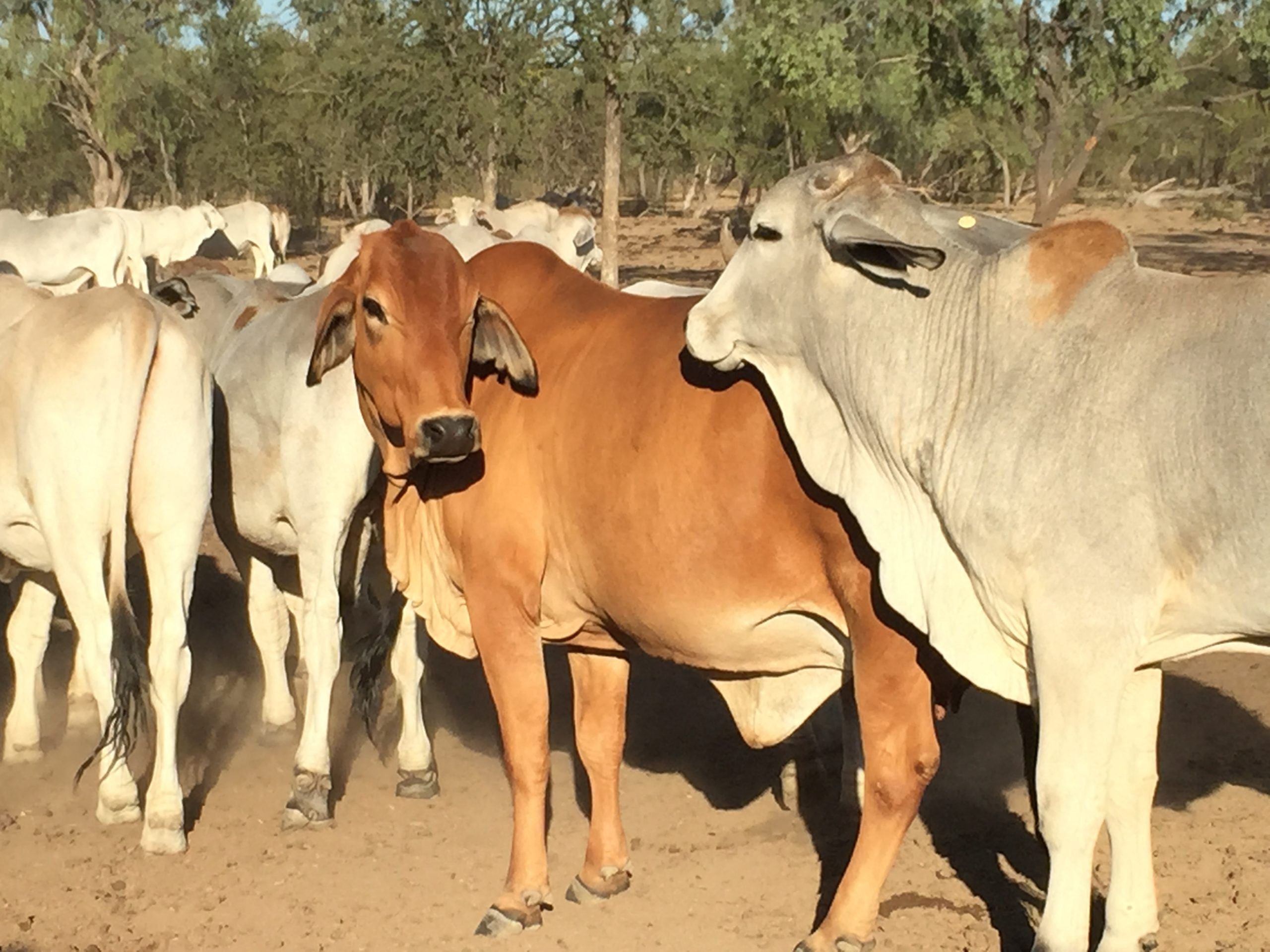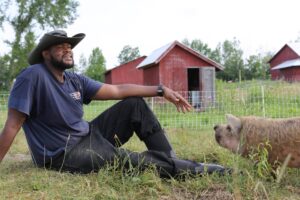Over the past 18 months there has been much debate around the suitability of private equity funds for farmland investing. Since farmland first appeared as an institutional asset class in the mid-to-late 2000s — with firms such as Macquarie, Insight Investment and UBS launching funds –, most investment managers have borrowed the 10 year fund structure from the burgeoning private equity sector; it’s a vehicle most investors know and feel comfortable with.
But for a sector that transcends generations and can involve a large J-curve in returns, increasing numbers of investors and investment managers have questioned the fund model for farmland. Even Macquarie’s head of agriculture Elizabeth O’Leary recently commented that the bank was looking at other structures to offer investors in the sector.
This isn’t news to some leading investors in the sector, such as US pension provider TIAA-CREF, which has already created company structures to house its collective farmland investments. The time horizon is far longer, if not evergreen, for its two limited liability companies — TIAA-CREF Global Agriculture I and II — which now collectively hold $5 billion in assets, and provide exit opportunities at seven years, 14 years and so on. They feel more like a club deal than a fund, investors have said.
With this in mind, and responding to investor requests for more information about how to access farmland as an investment, land and livestock investment manager Australian Pastoral Funds Management (APFM) is launching a new range of investment products.
Drawing from its experience setting up and managing the A$70 million Australian Pastoral Fund, which launched in 2012, APFM hopes that a new line of investment options, from separate investor accounts to managed luxury estates, will open up Australia’s farmland market to a variety of investor types, without a sole focus on the institutional investor market.
“Although there are still many opportunities in the investment world for collective capital investments through a fund structure, APFM considers that the traditional fund structure is becoming less popular among larger private and public investors who are seeking more direct autonomy and control over their investments,” says Alan Hayes, chairman and managing director of APFM. “So we are now introducing a range of more involved and relationship-driven models to the market.”
APFM’s first fund, which counts Municipal Employees’ Retirement System of Michigan (MERS of Michigan) as its cornerstone investor, has a portfolio of three beef cattle properties across eastern Australia, covering around 375,000 acres and offering diversification of climate and routes to market. That fund recently closed to new investment, AgFunderNews can reveal.
“What we’ve proved with our first fund is that with $70 million — albeit less than initially targeted — we can still do what we set out to do; acquire a spread of properties across climatic zones and soil types that can be integrated and operated at sufficient scale to produce acceptable returns,” said Hayes.
Through separate accounts, investors that don’t want to invest alongside others can essentially mandate APFM to create their own property or portfolio of properties along the same lines as the fund, or with different structures, goals and ambitions. They can choose their own time horizon and be as involved, or as direct, in their investment and its livestock production operational strategies as they want.
And a lot of this will come down to concerns about fees and structures, according to Hayes.
Pointing to an article in Pensions and Investments, Hayes says that APFM has already picked up on discomfort and concerns among investors about the fees they are paying across sectors. In the private markets, this concern particularly points to the management fee being charged on committed, but not necessarily invested, capital. This can present a considerable fee drag, especially when an asset class is challenging to deploy capital in, as agriculture often can be.
“We identified through our first fund where our value-add comes, and that’s through our ability to identify top landholdings, quality livestock and great operators, and get them “up and running well” said Hayes. “After that point we can be as involved as the investor likes, but our emphasis will be on providing management fee services for the initial set up and establishment period, and thereafter at cost. We will most likely own an agreed small equity stake in any farm or farming business we manage rather than standard incentive bonuses to ensure alignment with owners/investors.”
Due to the tailored nature of the offering, no two deals will look the same, according to Hayes, although APFM is basing this new range of products along the lines of a three-to-four year finite investment and establishment period.
APFM is also launching a product for smaller, non-institutional investors; Managed Luxury Pastoral Estates.
This enables investors to buy a stake in a farm, usually a couple of hours from a city, and obtain title to a residence that can be built on that property.
Under this initiative, APFM will acquire suitable rural properties for subdivision and development into separately titled, freehold residential allotments of around five acres each, with jointly-owned community title lands on the remainder of the property.
“So for anyone who likes the farm lifestyle, they can buy a stake in the farm, live there, rent it out or visit whenever they want, and enjoy living on a fully maintained and operating property while receiving a lease income from the farm business,” said Hayes.
Under this model, the community-owned portion of the farm will most likely be leased out to an operator, so the lease rental income will assist with the upkeep of the residences and the cost of any other body corporate type services the investors may require, and potentially provide some extra income as well.
Hayes has Australia’s Significant Investor Visa program particularly in mind for these estates, which are likely to cost around A$5 million per investor. The SIV program was introduced in 2012 as a means to bring high net worth capital into Australia from abroad. It allows individuals to apply for an Australian visa as long as they invest A$5 million in ‘complying investments’ for a minimum of four years, without satisfying traditional visa requirements.
Self-managed superannuation funds, pension schemes managed by individuals, are another potential source of capital for APFM’s pastoral estates, according to Hayes.
APFM will launch a new fund if demand requires it, as Hayes is cognisant of the fact that there are still many first-time farmland investors that might feel more comfortable in a fund structure than in a separate account or that might be too big for a pastoral estate.
“We just want to be able to offer investors the option to take as much control or involvement as they require and to encourage more engagement with the sector in Australia,” he said.
Have any news, tips or want to write a guest article? Email [email protected]
— Visit AgFunder.com for agtech investment opportunities —




